Top 5 Interesting Facts about Cougars
Cougars are among the most amazing predators in the western hemisphere and may be found practically everywhere in North and South America. These American lions ... read more...are renowned for their originality, from their world records to their traits that resemble those of domestic cats. Here are interesting facts about Cougars that maybe you didn't know.
-
Cougar is the most widely distributed big wild terrestrial animal in the Western Hemisphere, with a range that stretches from the Canadian Yukon to the southern Andes in South America. It is a flexible, generalist species that may be found in the majority of American habitat types. It goes by numerous names, such as puma, mountain lion, catamount, mountain screamer, and panther, due to its extensive distribution. It should not surprise anyone at all that the cougar has such a wide range of names. Even within the same language, there are several variations of these names, some of which have Native American connections. The huge cat known as the cougar is indigenous to the Americas. The word "cougar," which was originally taken from the Tupi language, was adopted from the Portuguese word "çuçuarana" via French. While in everyday life it may generally be referred to as a mountain lion, scientists frequently prefer to refer to these cunning predators as "pumas." This is because their scientific name is Puma Concolor.
The cougar has a Guinness World Record. The animal with the most names is this one. There are 40 distinct ways to refer to the cougar in English alone. Most of Europe and Latin America refers to cougars by the term "puma." In the US, the word "puma" is also occasionally used. The word "puma" was first used in English in 1777 and was borrowed from the Quechua language. It is also known as "mountain lion" in the western United States and Canada, this term was first recorded in literature in 1858. It is thought that the name came from how similar the colors of lions and cougars are.
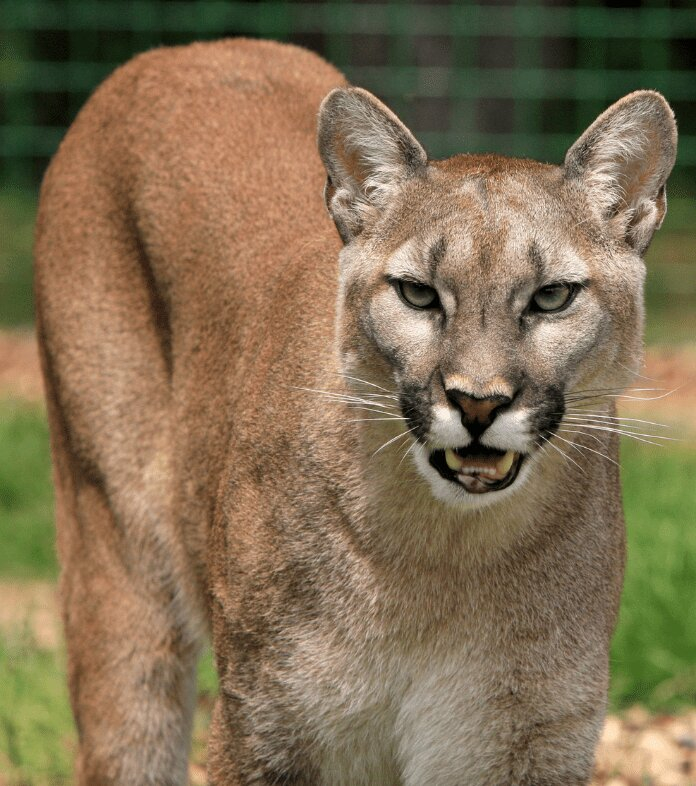
blog.nature.org 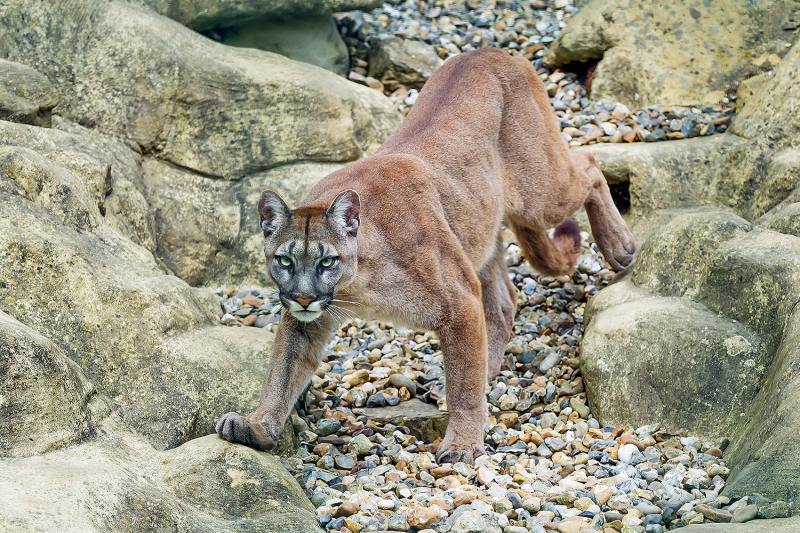
blog.nature.org -
The term "panther" is generic, it does not specifically refer to a type of wild cat. The term "panther" is most frequently used to refer to three different species of wild cats: Leopards in their black form (melanistic leopards), Jaguars in their black form (melanistic jaguars), and Cougars. The melanistic color variation of the leopard and the jaguar is known generally as the black panther. Both kinds of black panthers have an overabundance of black pigments, but they also have their usual rosettes. Black jaguars of the Americas have been seen in Mexico, Panama, Costa Rica, and Paraguay, whereas black leopards have been seen in Kenya, India, Sri Lanka, Nepal, Thailand, Peninsular Malaysia, and Java. Melanism is brought on by a dominant gene in the jaguar and a recessive allele in the leopard.
As previously mentioned, cougars are sometimes known as "panthers". Even some subspecies are more commonly referred to as this than as cougars. However, you should not confuse them as one. Even though they are both felines, they do not share the same cat family and are significantly distinct. A black panther is a color variation of felines that are a part of the large cat group, yet cougars belong to small cat species. There are no black cougars, they are all black jaguars or leopards.
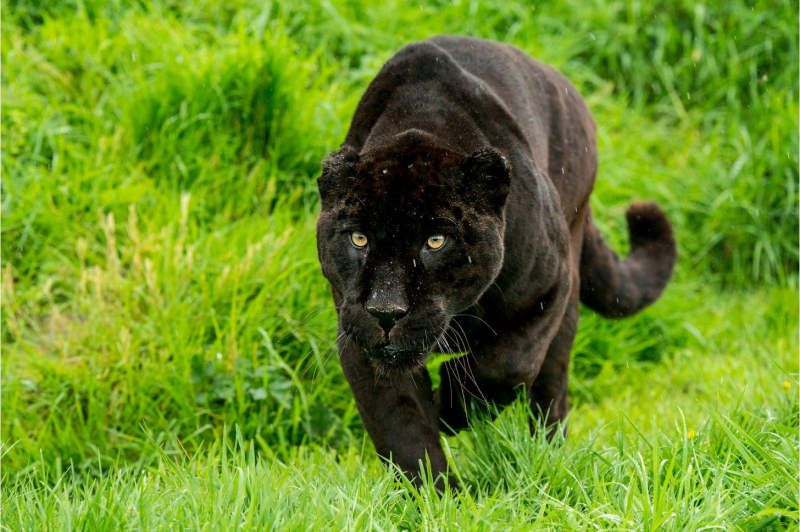
A black jaguar - animalcorner.org 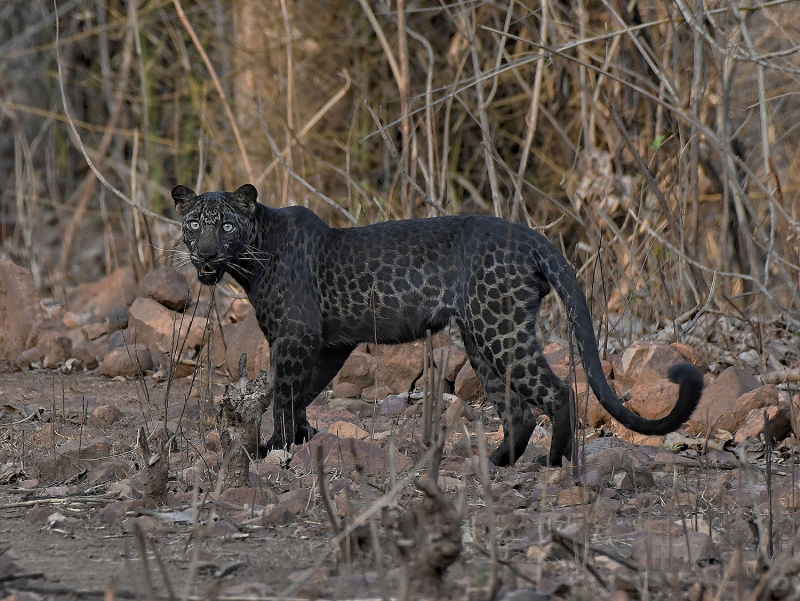
A black leopard - animalcorner.org -
Most large cats, including tigers and lions, with whom you may be familiar have a different larynx than do cougars. Because the bone known as the solid hyoid is located beneath the tongue of cougars, who can't roar. The animal's vocalizations are aided by the solid hyoid, which is connected to the larynx and windpipe. Large animals have flexible cartilage that can vibrate in that mouth region rather than rigid hyoids, which allows lions and other big cats to roar. But cougars are unable to roar like the lion due to their sturdy hyoid. However, they do communicate in a variety of other ways as well. As a result, they use a variety of vocalizations to communicate, including meow, hissing, snarling, screeching, and even purring.
Cougars are little cats with solid hyoids, thus they are unable to roar, but so scary to a heart-pounding fear when females can outscream. Hikers stop in place when they hear the cougar scream, a rare, high-pitched sound that blasts through the forest air and causes hikers to freeze in place. These cougar sounds are types of long-distance communication, much like the wolf's howl. The shrieking cry is only made by females, and it coincides with their bodies' preparation for mating. That scream would be referred to be a booty call in human lingo.
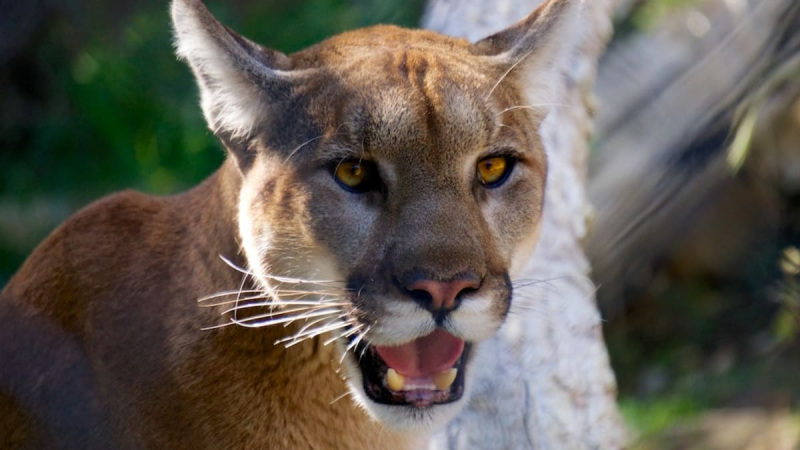
www.wwf.org.uk Westin Yancey - youtube.com -
Cougars are lone, elusive, and extremely secretive animals. If you are fortunate enough to spot a cougar in the vicinity, it will likely be through a "cougar sign" rather than an actual sighting. Footprints are proof of a lion's presence. Cougar footprints have the classic cat heel impression, which has three lobes at the heel's base and two lobes on the top (or leading edge). A cougar track's toes are positioned asymmetrically and resemble teardrop or elongated oval imprints. The little toe, like our little finger, serves as a reliable indicator of whether we are looking at a right or left foot. The leading toe corresponds to our middle finger.
Cougars can neatly retract their claws, like the majority of other cat species. Thus, unless you're looking in exceptionally rugged terrain, you won't often find evidence of claws in their footprints. Pay a little closer attention, if the cougar is stalking or walking on snow or mud, the walking track sequences are often direct registers of tracks. This signifies that the front feet's matching imprints have been directly filled by the left and right hind feet. In contrast, if the animal is walking normally, an over-stepped register or slightly offset straight register happens. The forefoot imprint is put on top of or in front of the hindfoot.
The left and right hind feet will have been positioned in or close to the equivalent imprints created by the front feet, leaving a tidy, regular placement of paired or overlapping footprints that will resemble a path left by a cougar. Be aware that cougars seldom exhibit changes in stride in their tracks unless they are actively hunting, playing, or fleeing from an adversary.
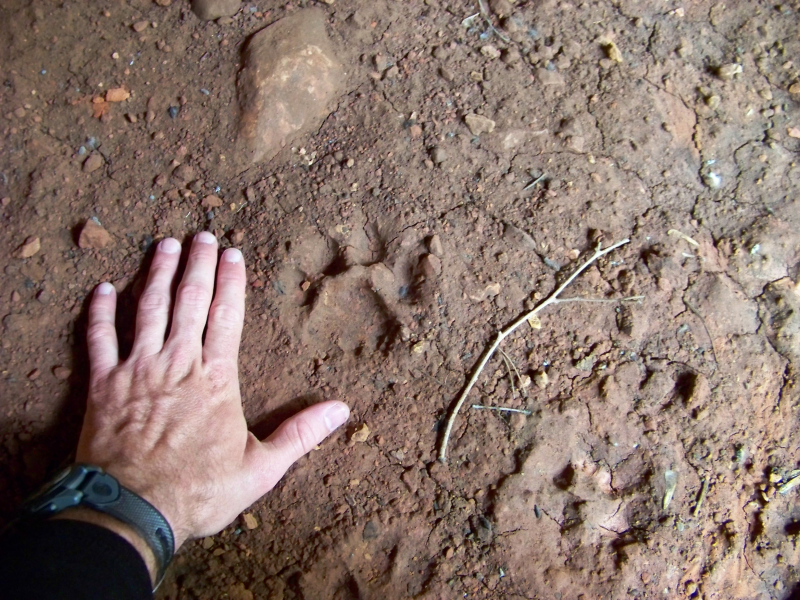
www.reddit.com 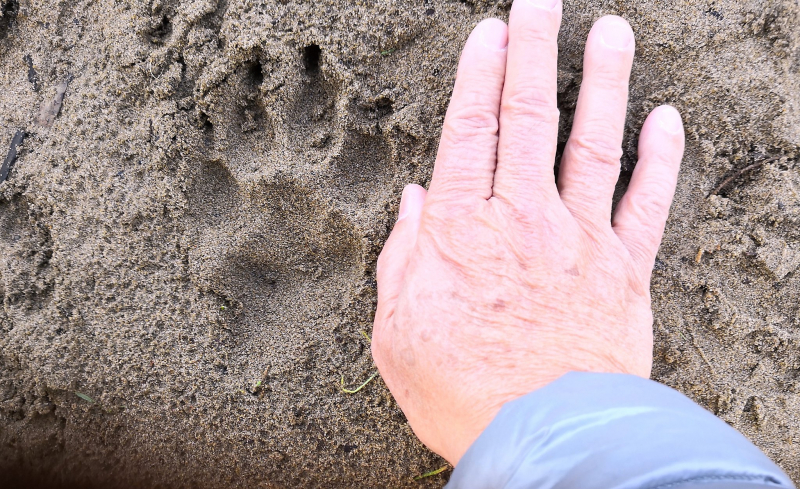
www.reddit.com -
The historical range of the Florida panther included much of the southeastern United States, stretching from Louisiana to South Florida. The federal authorities listed the subspecies as endangered in 1967 after two centuries of unchecked slaughter had reduced populations to just one population. The Florida Panther was granted Endangered Species Act status in 1973. There are between 120 and 230 individuals still living on less than 5% of their original habitat, according to the Florida Fish and Wildlife Conservation Commission's 2020 Annual Report on the Research and Management of Florida Panthers.
In 2008, the International Union for Conservation of Nature (IUCN) downgraded the mountain lion from "Near Threatened" to "Least Concern," after it had been designated as such for the preceding six years. Cougar populations worldwide significantly declined throughout the 1800s and 1900s as a result of ongoing killing. Mountain lions were feared by people and considered to be a danger to cattle, particularly in the United States. Mountain lion populations in North America are growing because of recent conservation initiatives, but they are still far fewer than they were in the past. In addition to unsustainable hunting practices and conflicts with livestock, mountain lions face threats from habitat loss, a lack of available prey, and unintentional car fatalities. For the same reason, the eastern cougar subspecies were fully eradicated from eastern North America in the 20th century.
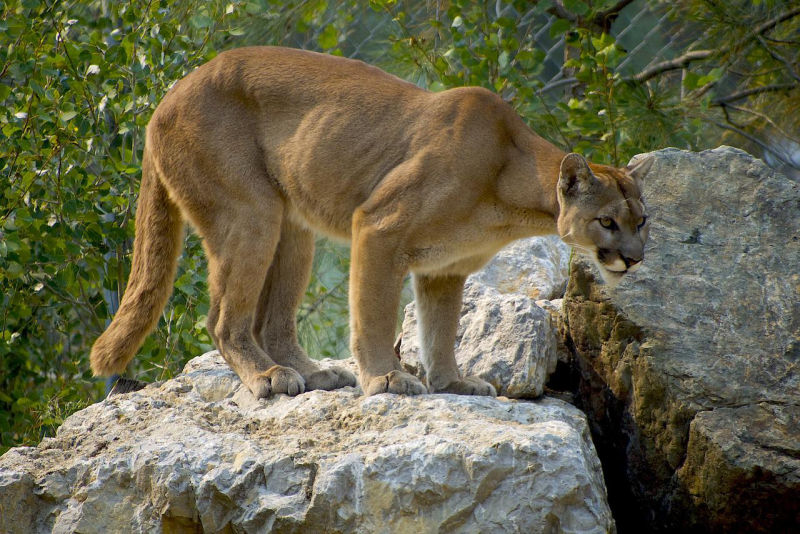
kidadl.com Holaholaholiday - youtube.com


























